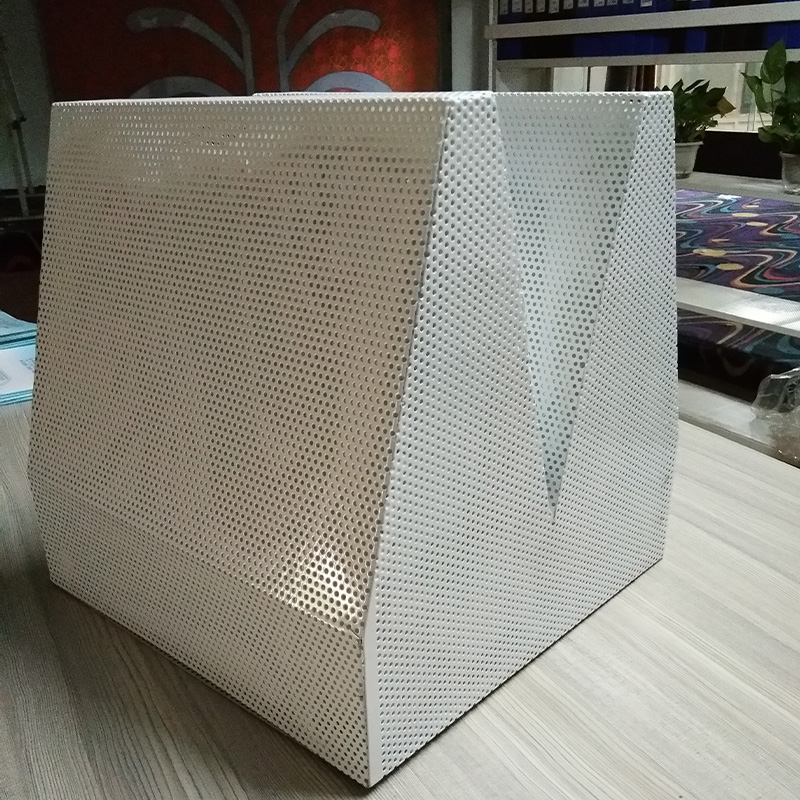Sound-absorbing wedges are a special sound-absorbing material, which is mainly installed inside the anechoic chamber and has the effect of sound absorption and sound insulation. In terms of materials, they are divided into fabric wedges and metal wedges. So what is the difference in effect between these two wedges?
The main difference between metal wedges and fabric wedges is the difference in exterior materials and durability. The internal filling materials of fabric wedges and metal wedges are the same, which are divided into three types: organic fiber sound-absorbing materials, inorganic sound-absorbing materials and sound-absorbing foam plastics, such as synthetic resin fiber cotton (organic), glass wool, rock wool, slag wool (inorganic), polyurethane sound-absorbing foam plastics, etc. The main difference between the two is the difference in exterior decoration materials. Metal wedges use metal materials as outer packaging materials. The production process requires bending, grinding, and painting, and the process is relatively complicated; while fabric wedges only need to make a cloth cover and fill the material inside the cloth cover. Therefore, the durability of metal wedges is better than that of fabric wedges, and the service life is longer than that of fabric wedges. Of course, the cost of metal wedges is also more expensive than that of fabric wedges, about twice as expensive.
In practical applications, fabric wedges are generally used inside anechoic chambers, and metal wedges are rarely used, because there is no big difference between the two in terms of acoustic effects, so in order to save costs, most of them use fabric wedges.

